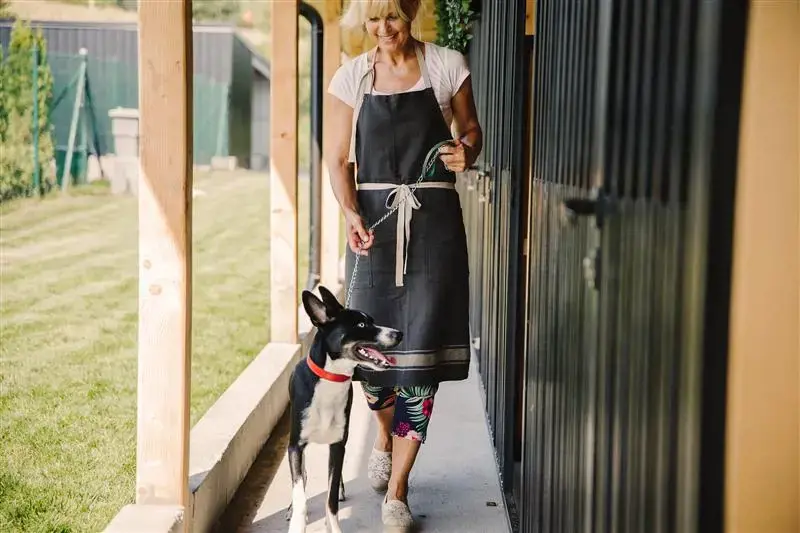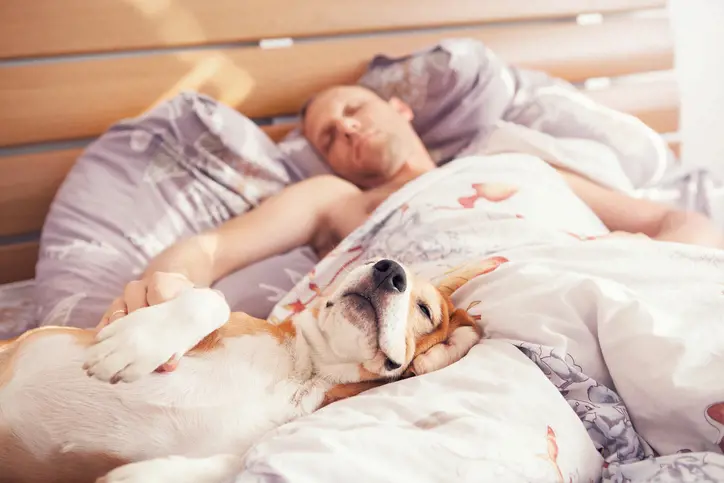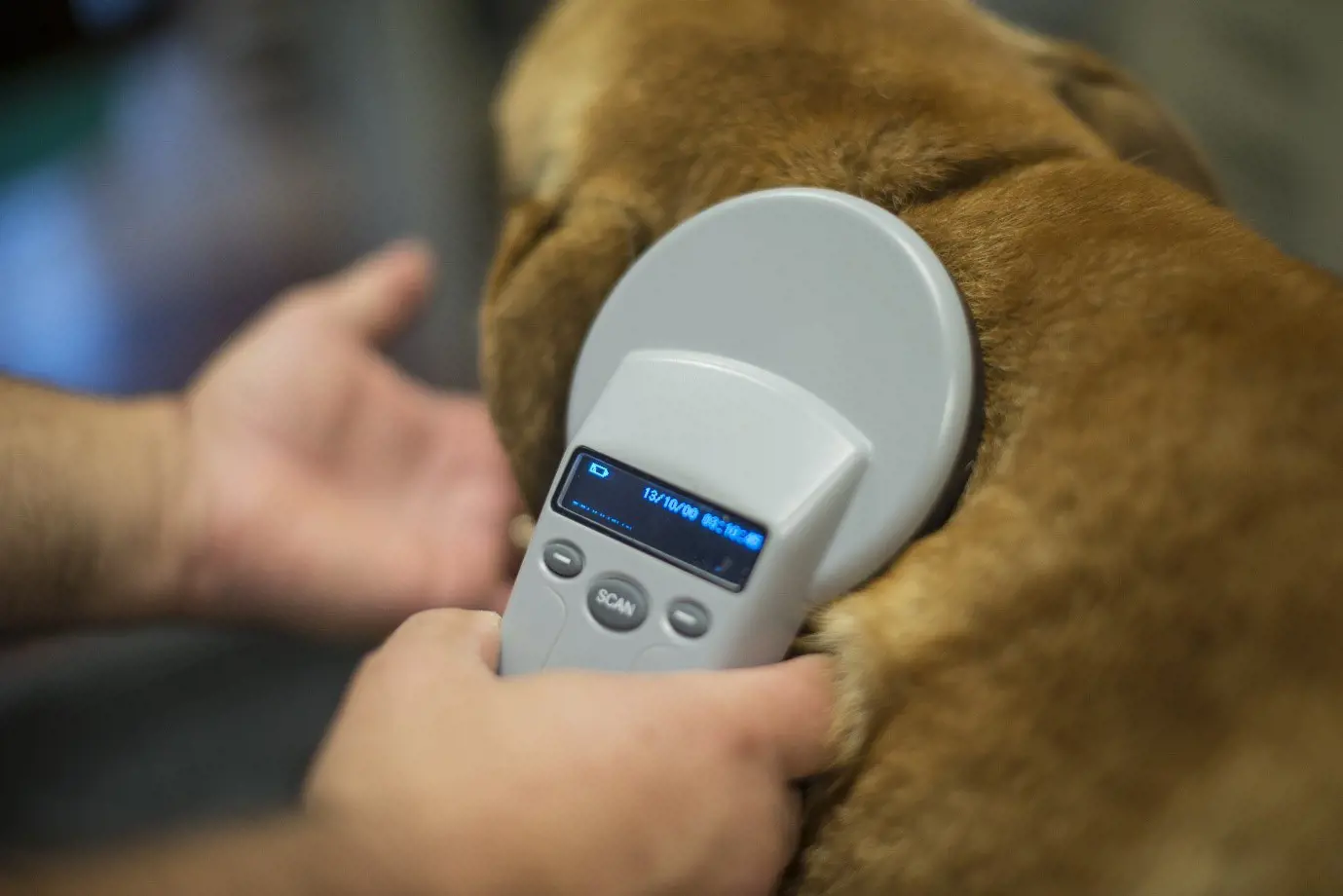Signs of dementia in pets
14th May, 2020

For many of us there is nothing worse than seeing our four-legged friends suffer in their old age. Dementia isn’t just something we have to deal with as humans; our pooches can suffer, too.
That’s why if you’re adopting an older dog, or your four-legged family friend is getting on in years, it’s wise to know the signs of dementia and how you can help your pet navigate their way through this confusing stage of their life.
In this article, we’ll look at some of the normal signs that your dog is getting older, as well as revealing some of the tell-tale signs of dementia in dogs. We’ll also give you some practical advice on how to care for a canine with dementia.
Dog insurance from Purely Pets can help with the financial burden of caring for your pet at what can be a very stressful time.
It can help with the cost of medication or visits to the vet. Get a quick quote today to make sure your dog is protected, no matter what their age.
Let’s take a look at how you can help your beloved pooch with this part of the ageing process.
What are the normal signs of ageing in dogs?
All dogs are considered to be approaching their senior years when they reach an age of between five and nine years old.
However, smaller dogs like the Jack Russell and Chihuahua tend to live a lot longer than giant breeds like the Great Dane and Newfoundlands.
As the Kennel Club notes, humans and dogs show many of the same signs of ageing. These can include things like stiffness of the joints and arthritis; deteriorating teeth and gums; putting on or losing weight; smelly breath; incontinence; cancer and heart disease. Older dogs may also suffer with sight or hearing loss, just like us.
Although many of these things are normal signs of ageing, some can be a signal that your dog is suffering from a deeper, underlying problem. For instance, if your hound is drinking more than usual, this could be a sign of diabetes or dysfunction in the liver or kidneys or increased tiredness could be a sign of hypothyroidism.
If you’re concerned, book an appointment with the vet or call the Purely Pets 24-Hour Vet Helpline for advice. Your dog insurance may help to cover the cost of appointments.
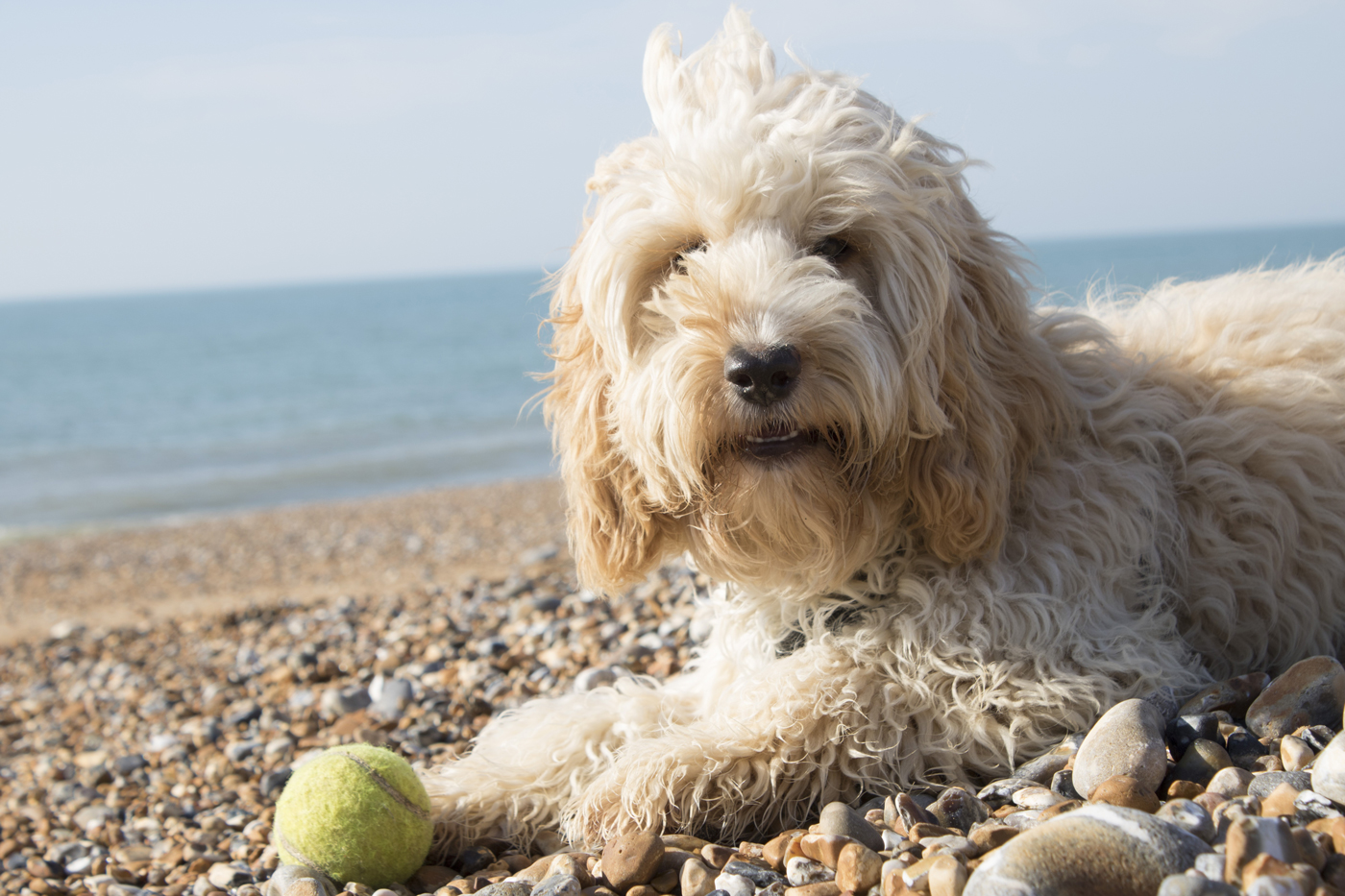
What is dementia in dogs?
Dementia in dogs or canine cognitive dysfunction syndrome (CCDS) can develop when physical changes occur in the chemistry in the brain.
It’s thought that proteins or ‘plaque’ cluster around the nerves, making it hard for them to send messages to the receptors in the body. This, in turn, slows reactions and has a negative effect on things like memory and behaviour.
It’s very similar to what happens when adults develop Alzheimer’s. Sadly, dementia in dogs is a degenerative illness and there is no cure, which means it will continue to get worse over time.
Researchers at the University of California found that around 28% of pooches aged between 11 and 12 will display signs of dementia and that number increases to around 68% when they reach 15 or 16.
Over and above some of the normal signs of ageing we’ve discussed above, the following behaviour could be signs of dementia in your dog. These include:
- Howling, barking, whining or crying for no reason
- Looking confused or disorientated in familiar surroundings
- Personality changes like getting angry or aggressive with family members
- Extreme tiredness or disturbed sleep patterns
- Repetitive pacing around the house
- Increased licking
- Incontinence or not remembering where the toilet is
- Less interested in play time or their favourite toys
- Less interested in interacting with the family, owner or loved ones
- Staring at the wall or getting scared by familiar sounds like the TV or radio
- Not responding when you call its name
- Forgetting where to find their food bowls, water bowls or bed
- Trembling or shaking when standing up
- Forgetting who family members are
- Getting frustrated by younger pups or other pets
- Less interested in their food or treats
- Generally not acting like the dog you’ve always known
Spruce Pets suggests that the most common signs of dementia in dogs can be remembered by using the acronym DISHA:
- Disorientation
- Interaction
- Sleep
- House soiling
- Anxiety
How can you prevent dementia?
While you may not be able to stop the onset of dementia in your four-legged friend, you can manage the symptoms with the right care and attention.
Get a proper diagnosis
If you suspect your dog is showing signs of dementia, take them to the vet immediately to get a proper diagnosis.
The vet will likely run tests like blood tests, X-rays, CT scans and MRIs that will help eliminate other possible causes for the behaviour.
Your dog insurance may help you cover the cost of these tests – check your policy or call the team at Purely Pets today to see what your protection includes.
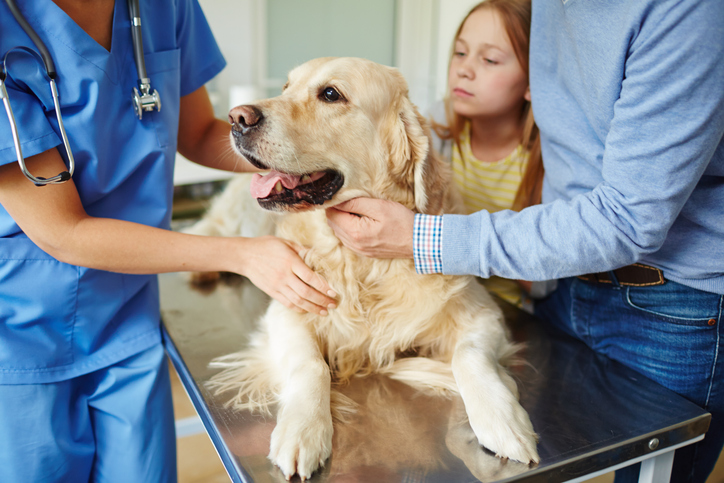
Drugs and supplements
There are certain drugs that can help dogs combat the first signs of dementia by prolonging the dopamine in the brain. Your vet will be able to advise you what’s best for your particular pet.
There may also be supplements that might be beneficial such as Omega 3 fatty acids and Vitamin E, but again, it’s best to check with a qualified professional before adding any supplements to your pooch’s diet.
Stick to the routine
One of the best ways to manage CCD is to get a routine in place, and stick to it. Try to walk and feed your dog at the same time every day.
Keep any toys and bed baskets in the same place and encourage them to toilet in the same place, too.
Try not to move your furniture around in the house – this may make an already confused pup even more anxious and disorientated.
Walks are as important as ever, even if your hound has dementia. The sights and sounds that they’ll experience when they’re out for a walk will keep their brains active.
Try not to explore unfamiliar places, though and stick to routes your pooch knows in case they run off.
Never get angry or punish your dog
Living with a dog with dementia can be stressful and upsetting but try not to get angry with them. They won’t understand what they’re being punished for if, say, they have an accident in the wrong place.
Also, this isn’t a time to just let your pet curl up on their own. Try to keep interaction levels positive and consistent and encourage them to play with you as you normally would.
Reinforce basic training skills and let them play with toys and continue with other enrichment activities that keep their brains active.
Keep a diary
Pets4Homes also suggests that you could keep a diary of your pooch’s behaviour to see if things are deteriorating.
They advise to use a scale between 1 and 10 how badly things like memory loss affect them each day. You can then show this record to the vet at your next appointment so they can track progress.
It goes without saying that your pup needs to keep their strength up with balanced nutrition.
Your vet or local pet shop will be able to advise you about the best foods for senior pets – foods that give them all the nutrition they need without piling on the pounds if they’re not exercising as much.
Other health problems in older dogs
If you’re noticing changes in your older dog, and you’re not sure what to do, go to the vet or call the Purely Pets 24-Hour Vet Helpline for advice.
According to the Blue Cross, some signs that you should make a vet’s appointment include:
- If your dog is eating more and drinking less than normal
- If you notice your dog has bad breath
- If your pet looks thinner than usual
- If you notice they have difficulty climbing onto things or they look stiff
- If you can feel lumps or bumps that are getting bigger over time
- If your dog can no longer cope with its usual walks
- If your dog is coughing a lot
- If your dog is increasingly having toilet accidents indoors
- If you dog is losing its balance or acts disorientated
- If there is any discharge from the front or back passage

Exercise tips for older dogs
Just because older dogs can’t race through the fields and jump into rivers like they used to, doesn’t mean you can neglect their exercise needs. Dogs still need a certain amount of physical exercise to keep healthy for as long as possible.
Walking and swimming
The PDSA suggests that senior dogs can take gentle exercise like walking and swimming. Swimming is an especially good idea as the water takes their weight and puts less strain on their joints.
It’s always best to supervise your dog when it’s swimming though, especially in lakes and rivers as older dogs may get tired easily and have trouble climbing out.
And don’t let them get too cold after they’ve been for a dip – towel them off quickly and get them back into the warm as soon as possible.
Hydrotherapy
Hydrotherapy can be very beneficial to older canines.
In the short term, it can bring relief from pain and muscle tension, reduce the risk of fluid retention or oedema and release endorphins so your dog feels happier and healthier overall.
Long term, hydrotherapy can improve cardiovascular fitness, strengthen the muscles and generally delay the progression of degenerative diseases.
Play time
Remember, too, that old dog can still learn new tricks! They will still love to socialise and play games with you.
Just try to keep any play close to the ground and watch that they don’t injure themselves trying to jump up onto furniture or jumping down from any great height.
Think carefully before allowing older dogs to play with puppies or children, though, as they could get tired and irritable more easily, which could lead to aggressive behaviour.
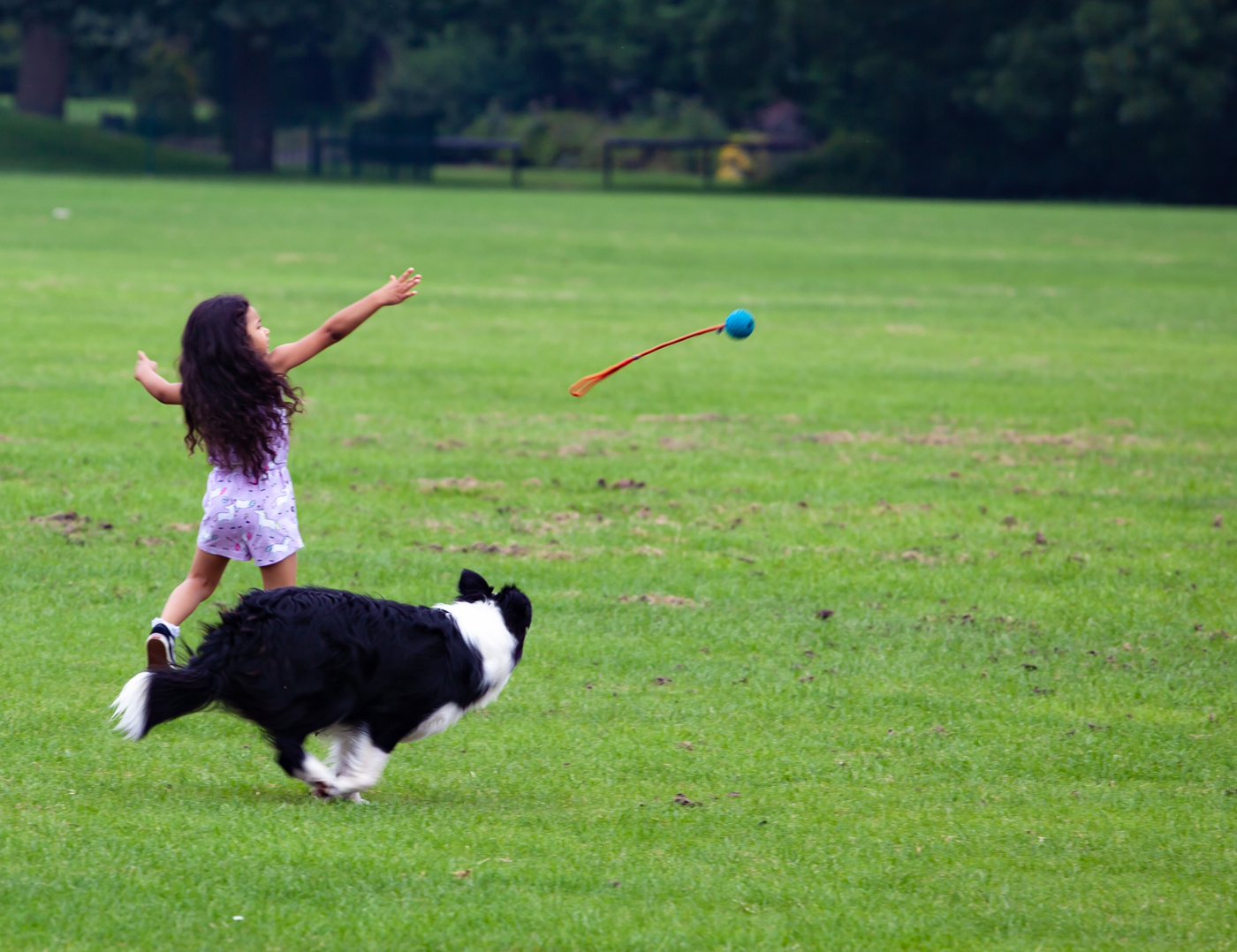
Top tips for caring for an older dog at home
Here are five quick tips if you’re taking care of an older dog at home at the moment:
- Remove the slip factor – Wooden floors or tiled floors can be a nightmare for older dogs who are unsteady on their paws. Buy some rugs or mats to make sure they don’t slip and injure themselves.
- Ramp it up – Ramps can be useful for getting older canines in and out of the house – into the back garden for example – especially if they have stiff joints.
- Extra support – A sling or harness will help older canines stay on their feet during walkies.
- Cut out the draughts – Move your dog’s bed away from any draughts as they may need more rest during their senior years.
- Nail those nails – If your pooch is exercising less, they won’t be wearing down their nails like they used to. Make sure you get them clipped regularly or ask a vet to do it for you.
Dog insurance from Purely Pets
Dealing with a dog with dementia can be upsetting for an owner but having dog insurance in place can help you give your faithful friend the treatment and medication they deserve.
Dog insurance from Purely Pets can offer lifetime cover with vets fees up to £15,000 and excess starting from as little as £60. With 15 levels of lifetime cover to choose from, you’re bound to find one that suits both your pooch and your pocket.
You’ll also be able to manage your policy online at a time that suits you and have access to our 24-Hour Vet Helpline – a professional opinion whenever you need it.
Purely Pets was voted the best pet insurance provider in 2019. Thousands of customers trust us to find them the protection their pets need, so why not find out what we can do for you?
If you have more than one dog in the house, we can also offer multi-pet insurance.
Go online and get a quote today and see how much you can save.
Helpful Pages
Recent Posts
Pet Insurance Quote
- 98% claims paid *
- Claims paid directly to vets
- 24/7 vet video consultations
- Interest free monthly payments

